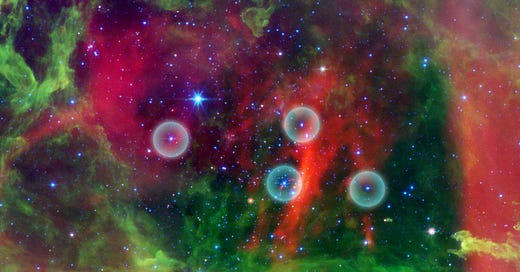
This interview with author and philosopher Christopher Bache first appeared in Psychedelic Press XXXI. Bache is professor emeritus in the department of Philosophy and Religious Studies at Youngstown State University and author of LSD and the Mind of the Universe: Diamonds from Heaven (2019).



